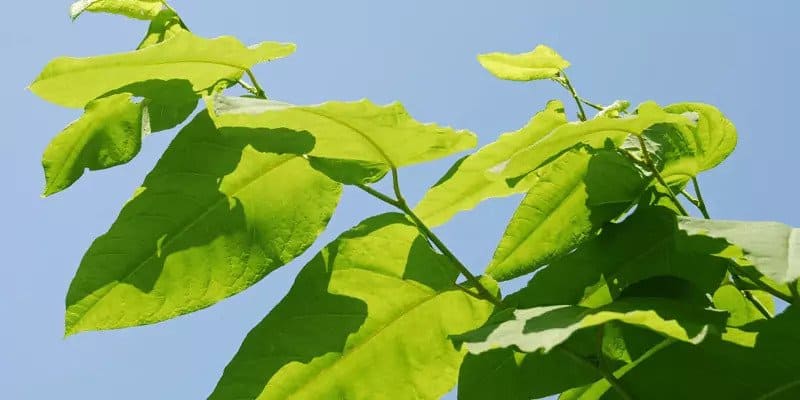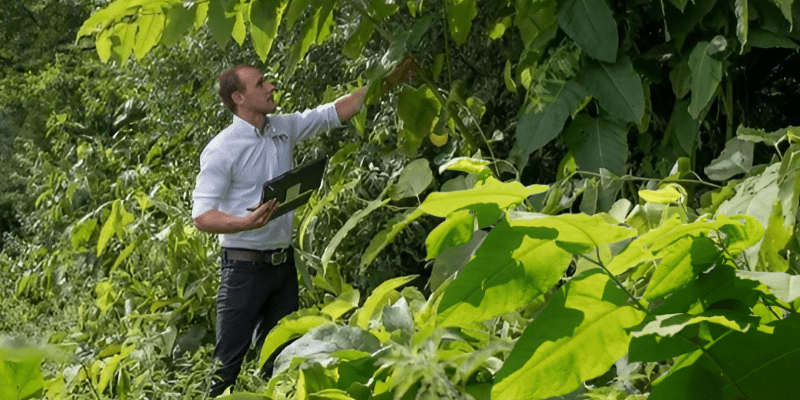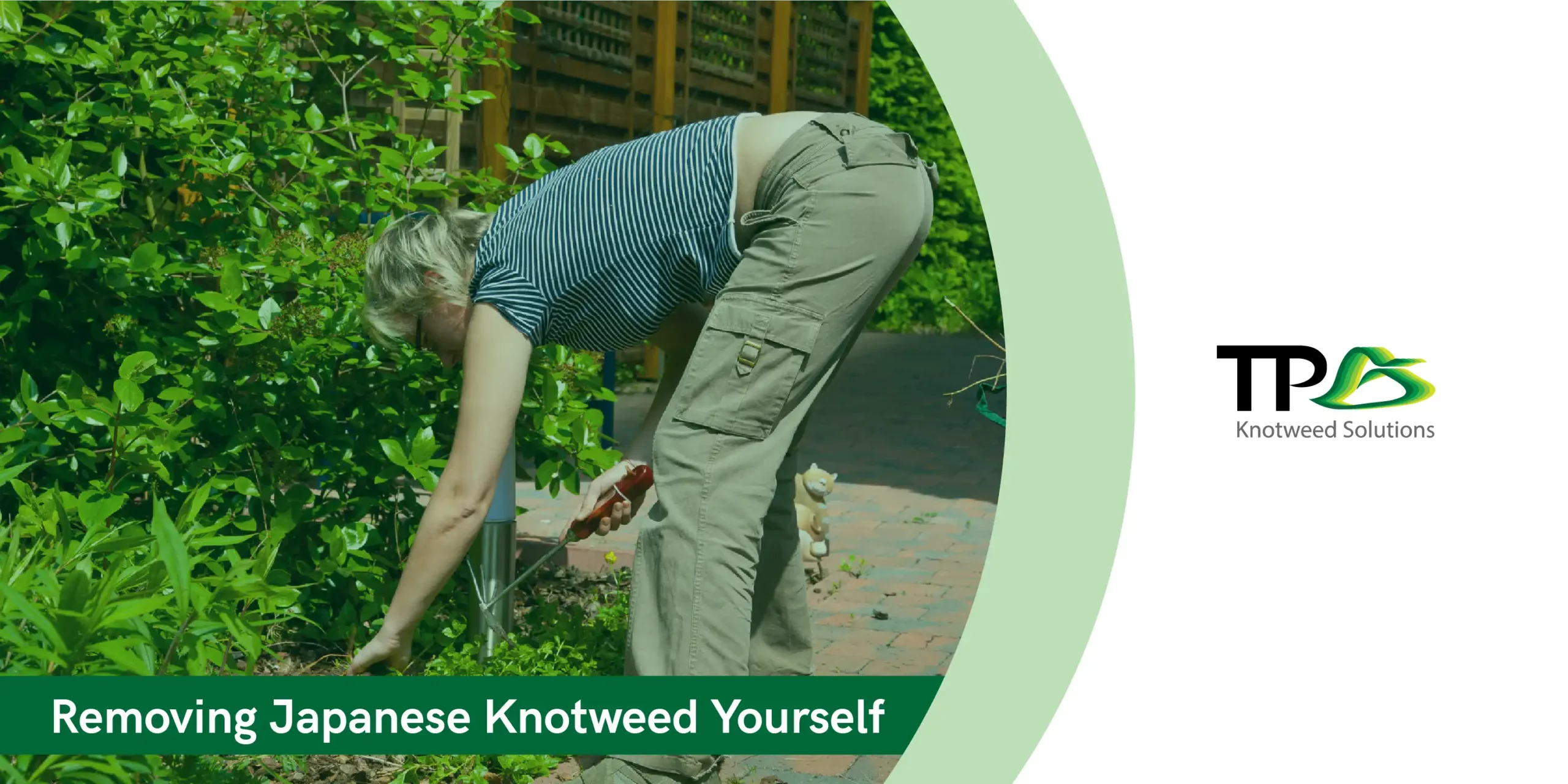Since its introduction to the UK in 1854, Japanese knotweed has caused enormous damage to land, buildings and ecosystems across the country. Its hardy nature means it can spread and grow quite literally anywhere, including through concrete and masonry, making it a nightmare for property owners across the UK.
Unfortunately for those looking to buy or sell a property, Japanese knotweed is a key issue considered by mortgage lenders during their surveys when valuing properties.
What is a mortgage survey?
The benefit of a mortgage survey or valuation is for the lender. It is solely to determine whether the property is limited in scope and worth the asking price. It is intended to give the bank or lender the information they need to determine whether the property is valuable enough to serve as a solid security for the amount of the mortgage you have filed for. However, since it can give you a sense of whether you might be paying too much or too little for your new house, a mortgage appraisal can also be advantageous to you as the buyer.
What does a mortgage surveyor look for?

If the surveyor does an on-site inspection, they will spend about 15 to 30 minutes walking about the property looking for any visible issues or flaws that might lower its value. (One of the flaws that a mortgage surveyor looks out for is “Japanese knotweed”. For the lender, they will also confirm important information about the property. Following their visit, they will look at three sales of nearby properties of a similar type to determine the property’s market worth. They will also take the supply and demand of the neighbourhood market into consideration. The surveyor may also give the mortgage lender a minimum reinstatement estimate, or the anticipated cost of completely rebuilding the property.
The mortgage lender may ask the surveyor to perform either a desk-based valuation, drive-by valuation, or both types of valuations depending on the risks they believe may be associated with the property. In a desk-based valuation, the surveyor will examine local house price information and use an algorithm that generates a computerised appraisal of the property. In a drive-by appraisal, the surveyor will pass the building while looking at the outside, but won’t go inside. This is most common when a surveyor has sufficient knowledge of a property to determine its value, but wishes to first assess its general condition.
Why does a mortgage surveyor look for Japanese knotweed?
Once Japanese knotweed is identified in the property’s courtyard or surrounding gardens, most mortgage lenders will initially refuse to lend, and the value of the property could be significantly affected in the appraisal report.
A mortgage can be difficult to obtain for properties with Japanese knotweed due to the disruption and damage that can be caused over time. This invasive plant can penetrate asphalt and pavement, damage and crack drainage systems, exploit weaknesses in concrete surfaces, damage brick walls and have a significant impact on what owners are able to do on their properties without causing disruption or further spreading.
Appraisers regularly find that sellers either do not claim to have Japanese knotweed on the Law Society’s TA6 Property Information Form or are cutting the plants and trying to hide their Japanese knotweed infestation.
We have also come across new property buyers who have been digging up and landscaping parts of the garden, or starting to build an extension, and small red shoots of Japanese knotweed began to sprout in several areas. This is due to dormant Japanese knotweed being present which was unknowingly disturbed and as such, started to re-grow.
Make the first move with a professional knotweed surveyor

Relying on a seller to disclose a Japanese knotweed problem may lead to inadequate treatment plans that may not meet the lender’s requirements, or prevent the infestation from reoccurring in future. If you’re buying a home with Japanese knotweed, it is strongly advised that you seek advice from a professional knotweed surveyor to ensure a thorough removal plan is put in place, and includes a guarantee.
Buyers who bought a property without an independent investigation in 2014 faced an average of £5,750 in repair bills. If you are unlucky enough to spot Japanese knotweed on your new property, the impact can go way beyond this figure. In 2014, 17% of buyers without a survey faced £12,000 in repair bills.
Acquiring an independent knotweed survey will put you on the right track to obtaining a mortgage for your desired property, as well as ensure you do not discover costly hidden complications after purchasing a property.




